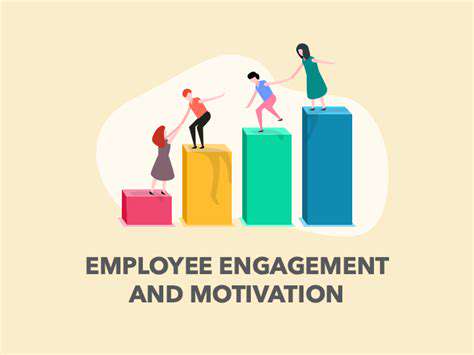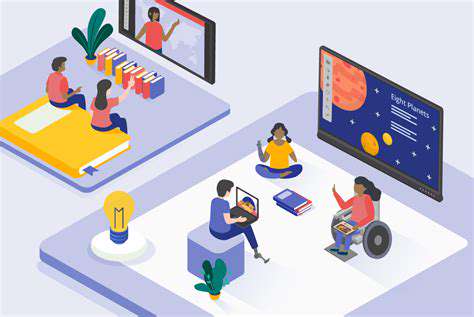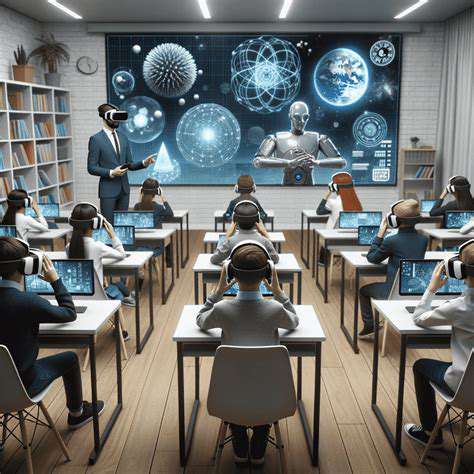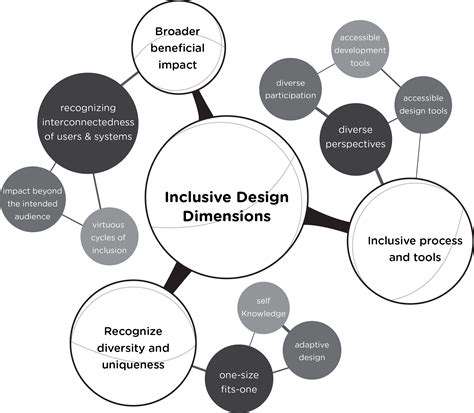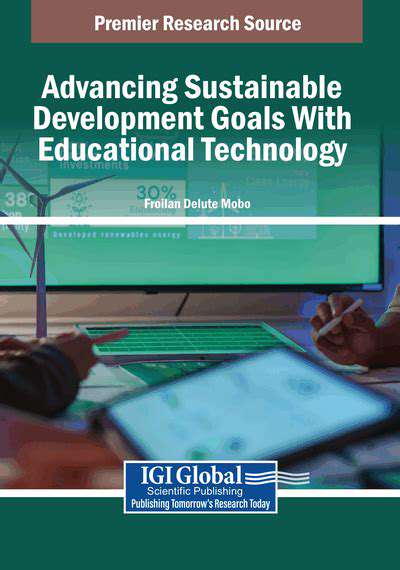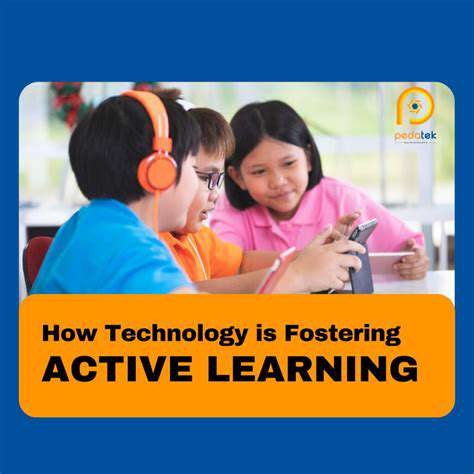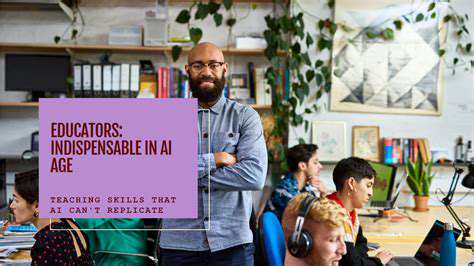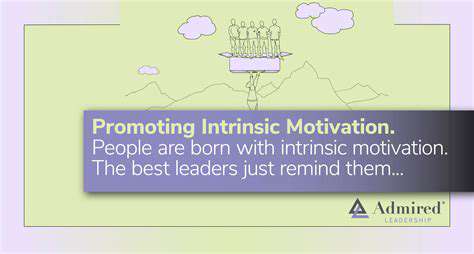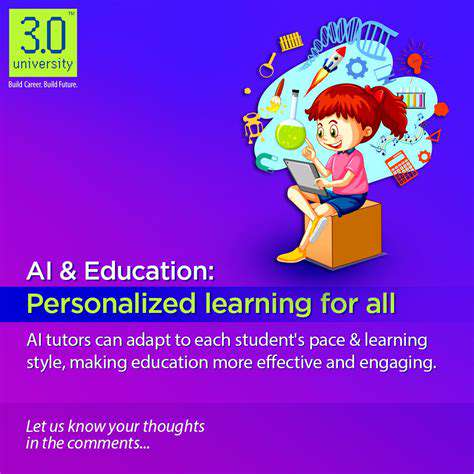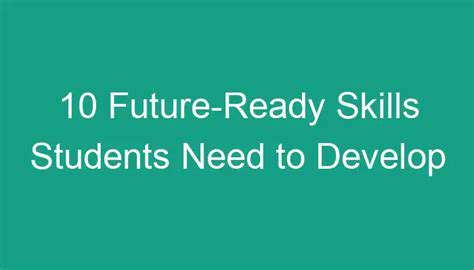The Future of School Calendars: Embracing Hybrid Flexibility
The Fixed Structure's Impact on Learning
The traditional school calendar, with its rigid structure of long summer breaks and fixed start and end dates, often fails to accommodate the diverse needs of learners. This inflexible structure can create significant learning gaps, particularly for students who struggle to maintain momentum during extended periods of inactivity. The monotony of the same schedule year after year can also lead to decreased engagement and motivation, potentially impacting academic performance in the long run.
Furthermore, the fixed structure often overlooks the unique circumstances of families, particularly those with multiple children or parents who work non-traditional hours. Scheduling conflicts and logistical challenges can arise, creating barriers to consistent participation in educational activities.
The Summer Slide: A Persistent Problem
One of the most significant criticisms of the traditional calendar revolves around the phenomenon known as the summer slide. This refers to the documented decline in academic performance that students often experience during the summer break. Loss of knowledge and skills can impede progress and potentially widen achievement gaps between students from varying socioeconomic backgrounds, since some may have access to enriching summer programs while others do not.
The Inefficiency of Long Breaks
The long summer break, a hallmark of the traditional calendar, is often perceived as inefficient. The extended period of inactivity can lead to significant knowledge loss across various subjects. Re-teaching lost material at the start of the new academic year consumes valuable instructional time that could be used to introduce new concepts and skills.
Flexibility for Diverse Learning Styles
A more flexible calendar could offer more opportunities for students to engage in learning in ways that align with their individual needs and learning styles. This could include incorporating shorter breaks, more frequent assessments, and opportunities for personalized learning experiences. This could also include the possibility of integrating project-based learning or experiential learning opportunities.
Addressing Family Needs and Work Schedules
A flexible calendar could better accommodate the diverse needs of families, including those with multiple children or parents working non-traditional hours. This could involve offering alternative scheduling options, such as year-round schooling with shorter breaks, or more flexible start and end dates to align with particular family circumstances.
The Potential for Enhanced Learning Experiences
A more innovative approach to the school calendar could potentially lead to a more engaging and enriching learning experience for students. It could involve incorporating more project-based learning, experiential learning, and community-based learning initiatives that would take advantage of the summer months and other breaks. It could also include more opportunities for students to develop their interests and talents through extracurricular activities that are integrated into the school curriculum.
The Impact on Teachers and Staff
A significant shift in the school calendar would also necessitate a comprehensive review of the workload and responsibilities of teachers and support staff. The transition to a more flexible structure would require careful planning and effective communication to ensure a smooth transition and maintain the quality of education. Professional development and ongoing support for teachers would be crucial in navigating the challenges of a restructured calendar.
Flexible Scheduling and Extended Learning Opportunities
Flexible Scheduling Models
Modern learning environments are increasingly recognizing the need for personalized and adaptable scheduling models that go beyond the traditional, rigid structure of a fixed school year. These flexible scheduling options can accommodate diverse student needs and learning styles. For example, a block scheduling system, with longer class periods, allows for in-depth exploration of subjects and potentially more hands-on learning activities. This approach can also better integrate project-based learning and interdisciplinary studies, leading to a more engaging and effective educational experience for students. Such models could also include differentiated instruction, allowing teachers to cater to individual student needs within the same class.
Another promising approach is the implementation of individualized learning plans. This means that students could progress through the curriculum at their own pace, focusing on areas where they need extra support or accelerating their learning in subjects they excel in. This personalized approach fosters a more dynamic and engaging learning environment. This could potentially involve online learning components, allowing students to access materials and complete assignments at times that best suit their individual needs and learning environments, further enhancing the flexibility and accessibility of education.
Extended Learning Opportunities
The concept of a traditional school year, confined to a specific timeframe, is increasingly being challenged by the idea of extended learning opportunities. This could take the form of year-round schooling, with shorter breaks interspersed throughout the year. Proponents argue that this approach can lead to more consistent learning and potentially greater academic gains, especially for students who benefit from continuous learning experiences. This continuous exposure to new material could also foster a deeper understanding and retention of concepts, particularly when combined with extracurricular activities and other learning opportunities.
Summer learning programs and enrichment opportunities could also be integrated into the broader educational landscape. These programs could provide students with the chance to delve deeper into specific areas of interest, explore new subjects, or simply reinforce and build on the knowledge gained throughout the year. This approach could cater to a broader spectrum of learning styles and interests, fostering a more well-rounded and engaged learning community. These extended opportunities could also provide students with the chance to develop valuable skills, such as critical thinking and problem-solving, which are essential for success in the 21st-century world.
Beyond the traditional summer break, extended learning opportunities could include specialized programs focused on specific skills or subjects. These could be offered during the summer, or even during the school year, potentially in the form of after-school programs, weekend workshops, or online modules. This approach could cater to students' diverse interests and needs, allowing them to develop their talents and passions while also staying engaged with their education.
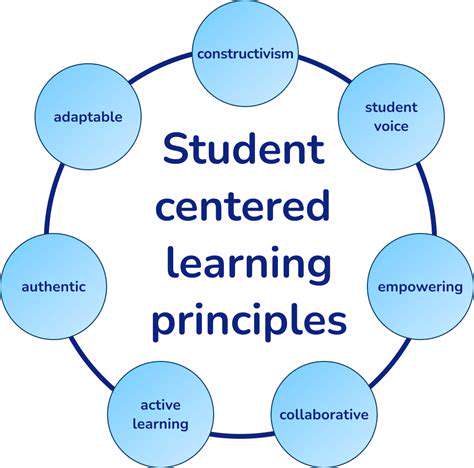
The Role of Technology and Educational Innovation
The Impact of Digital Learning Tools
Technological advancements have profoundly impacted education, enabling a shift from traditional classroom settings to more flexible and personalized learning experiences. Digital learning tools, such as interactive simulations, online courses, and educational apps, offer students opportunities for self-paced learning, exploration, and deeper engagement with subject matter. These tools can cater to diverse learning styles and provide individualized support, which is especially beneficial for students who may struggle in a traditional classroom environment. This accessibility and customization are key elements in shaping the future of education, and will likely play an increasingly important role in adapting school calendars.
The integration of technology also necessitates a reevaluation of assessment methods. Moving beyond traditional tests, educators can leverage digital platforms to track student progress, gather data on learning patterns, and adjust instructional strategies in real-time. This data-driven approach allows for more effective and personalized interventions, ensuring that each student receives the support they need to succeed. This iterative process of assessment and adjustment is crucial for creating flexible and dynamic school calendars that better accommodate diverse learning needs.
Personalized Learning Paths
Personalized learning paths tailored to individual student needs represent a significant advancement in educational innovation. By leveraging technology and data analysis, educators can identify each student's strengths, weaknesses, and learning preferences. This understanding allows for the development of customized learning plans that cater to individual pacing and learning styles. This approach promotes deeper engagement and understanding, ultimately fostering a love of learning and a more effective learning experience.
This personalization extends beyond individual courses. Students can select their learning paths, exploring areas of interest in greater depth and achieving mastery at their own pace. This flexibility requires a rethinking of the traditional school calendar, allowing for more individualized schedules and potentially even blended learning models where students can access learning materials outside of traditional school hours.
Adapting to the Changing Needs of Students
The needs of students are constantly evolving, and the educational system must adapt to meet those needs. The rise of remote learning and hybrid models has highlighted the importance of flexibility and accessibility in education. A flexible school calendar can accommodate these evolving needs, allowing students to participate in learning experiences that are both engaging and relevant to their lives. This adaptability is crucial for creating a learning environment that is responsive to the diverse circumstances and schedules of modern students.
In addition to traditional academic needs, today's students often face unique challenges related to mental health, social-emotional development, and extracurricular activities. A flexible school calendar can support these needs by offering more opportunities for extracurricular involvement, mental health resources, and personal development activities. This comprehensive approach to student well-being is essential for creating a supportive and enriching learning environment.
The Role of Collaboration and Communication
Effective communication and collaboration are vital components of educational innovation. Technology facilitates seamless communication between teachers, students, and parents, creating a more connected and supportive learning ecosystem. This increased communication enables educators to provide timely feedback, address concerns promptly, and foster a sense of community that extends beyond the physical classroom. This collaborative approach is crucial for creating a dynamic and responsive school calendar that anticipates and addresses individual student needs and preferences.
Rethinking Traditional Time Constraints
Traditional school calendars often adhere to rigid schedules that may not always align with the needs of modern learners or the demands of a rapidly changing world. Rethinking these constraints can lead to more efficient and effective learning experiences. The integration of technology and flexible learning models can allow for more focused learning sessions, potentially reducing the need for extended school days. This flexibility allows students to engage with learning materials in a way that is more relevant and meaningful to their lives, facilitating a deeper understanding and potentially creating a more engaging learning environment.
The Future of Learning Spaces
The future of learning spaces is moving beyond the traditional classroom. Flexible learning environments that adapt to different learning styles and activities are crucial for fostering engagement and learning. This might include incorporating maker spaces, collaborative work areas, and even outdoor learning environments. These spaces can be integrated into a flexible school calendar that accommodates these diverse learning needs and potentially allows for more experiential learning opportunities. This shift in learning environments will likely influence the design and structure of school calendars in the future.
Read more about The Future of School Calendars: Embracing Hybrid Flexibility
Hot Recommendations
- The Gamified Parent Teacher Conference: Engaging Stakeholders
- Gamification in Education: Making Learning Irresistibly Fun
- The Future of School Libraries: AI for Personalized Recommendations
- EdTech and the Future of Creative Industries
- Empowering Student Choice: The Core of Personalized Learning
- Building Community in a Hybrid Learning Setting
- VR for Special Education: Tailored Immersive Experiences
- Measuring the True Value of EdTech: Beyond Adoption Rates
- Addressing Digital Divide in AI Educational Access
- Preparing the Workforce for AI Integration in Their Careers

